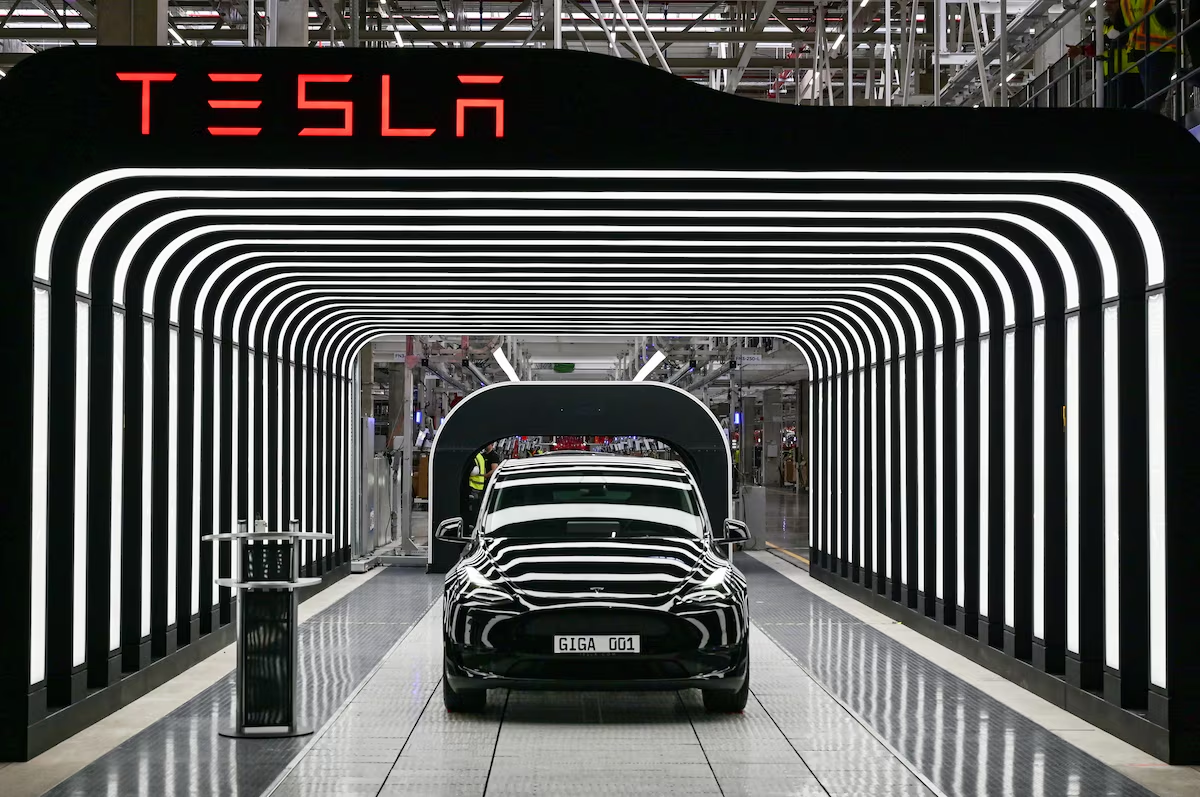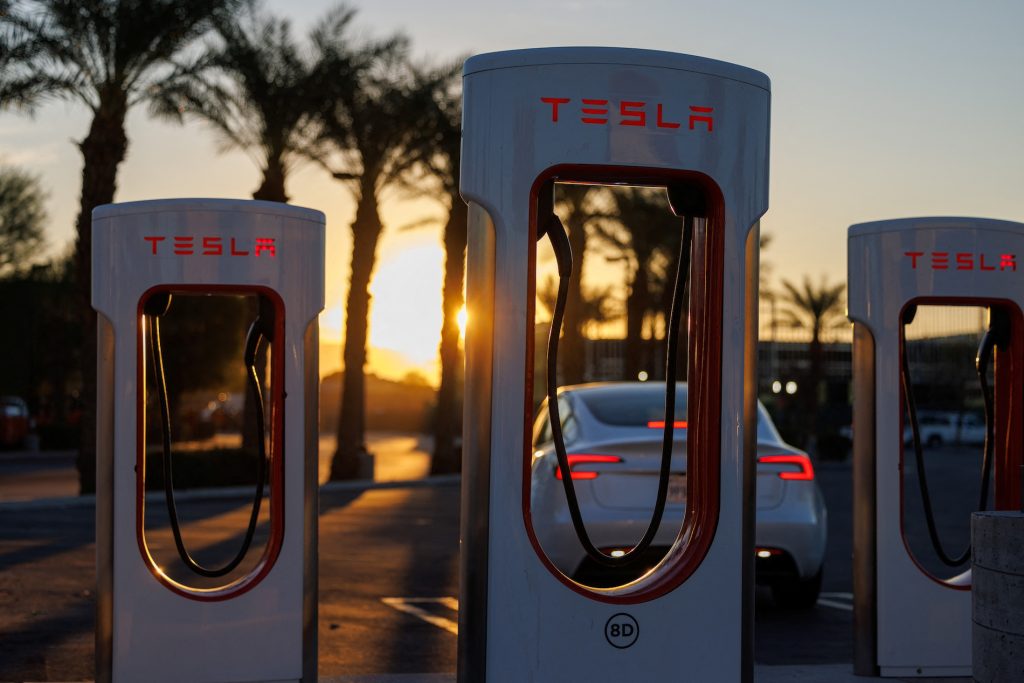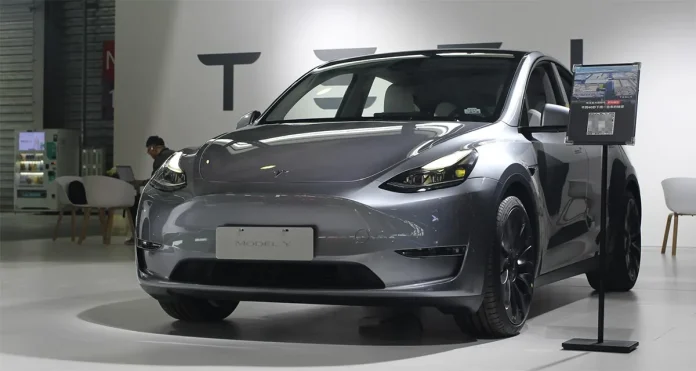Elon Musk, the CEO of Tesla, has sent ripples through the automotive and financial markets with his bold declaration of a 30% growth target for vehicle sales in 2025. This announcement came during a time when the electric vehicle (EV) market is grappling with a slowdown, increased competition, and rising concerns about demand. Musk’s optimistic forecast, buoyed by plans for a new, cheaper model and the anticipated success of Tesla’s self-driving software, has left many analysts and investors astonished. However, fulfilling this ambitious promise will be a formidable challenge, especially given the current landscape.
Ambitious Growth Projections
Musk’s forecast for 20-30% growth next year significantly exceeds Wall Street’s expectations, which hover around 12-13%. Analysts from firms like Deutsche Bank and RBC have expressed skepticism about Musk’s optimistic outlook, with Deutsche Bank projecting only 12% growth in 2025, despite the introduction of a new model priced below $30,000 and a refreshed version of the popular Model Y. Sam Fiorani, vice president at AutoForecast Solutions, pointedly remarked that “there’s hardly an analyst anywhere in the world who’s going to agree with 20% growth in the company next year,” especially considering the recent trends of declining demand for Tesla’s products.
The growth in the global electric vehicle market has moderated in recent years, with the International Energy Agency estimating a 23% increase in global EV sales for this year, down from 35% last year and over 50% in 2021. As the world emerges from the pandemic, many automakers face the challenge of aligning production with demand. Despite being the largest EV market, China’s sales growth is now confronting increasing competition from domestic brands like BYD, while U.S. manufacturers are increasingly wary of potential price undercutting from these competitors.

Reuters
The Competitive Landscape
Tesla’s challenges are exacerbated by rising competition, particularly in key markets like China and the U.S. While U.S. tariffs may shield Tesla from some competition from Chinese models, domestic rivals are sharpening their strategies to capture market share. Companies like BYD have established a significant presence in the Chinese market and are now eyeing opportunities in Europe. The U.S. automotive market remains tense, with traditional manufacturers fearing that the competitive pricing strategies of their Chinese counterparts could squeeze their market share.
Pat Ryan, founder of CoPilot, voiced the challenges Tesla faces in trying to outmaneuver BYD, stating that “Being able to beat BYD at its own game … is a non-trivial undertaking.” Affordability will be another hurdle for consumers in the coming year, especially as auto loans are projected to remain costly, even with anticipated interest rate cuts. This concern is compounded by the potential for changes in government policy, particularly if Donald Trump returns to the presidency and cuts tax incentives for EV buyers, which currently provide up to $7,500 per vehicle.

Tesla’s Lineup and Innovations
Tesla’s current lineup includes its best-selling Model Y, which is expected to receive a refresh, alongside the long-anticipated Cybertruck. Musk has ramped up promotions for Tesla’s advanced driver-assist software, known as Full Self-Driving, believing that the growing adoption of this technology could drive sales significantly in 2025. Cybertruck production has reportedly reached volume levels, with profitability signs indicating a positive trajectory for the upcoming year.
However, despite these encouraging developments, Tesla experienced a sales decline in the first half of 2024, following years of rapid growth. While incentives and financing deals have helped boost some sales, Musk himself has projected that Tesla will only marginally increase its deliveries from the record 1.8 million vehicles sold in 2023.
The Influence of Musk’s Public Persona
Another layer complicating Tesla’s position in the market is Musk’s public persona, which has become increasingly polarizing. His right-leaning political statements and various controversies have led to concerns about their impact on Tesla’s brand image and consumer demand. According to a survey conducted by Edmunds in August, nearly a third of respondents indicated they were less likely to consider purchasing a Tesla due to Musk’s personal brand.

Investor Focus and Market Reactions
As Tesla navigates these challenges, investors are particularly focused on the company’s quarterly performance, including vehicle deliveries and profit margins. Will Rhind, CEO of GraniteShares, highlighted that shareholders will be “making sure that the company delivers on what it says it’s going to deliver on.” The market reacted positively to Musk’s announcement, resulting in the largest surge in Tesla shares since May 2013, the period during which the company reported its first quarterly profit. This resurgence in stock prices has instilled a renewed sense of optimism among investors, yet many remain cautious, understanding that Musk’s forecasts will need to translate into tangible results to maintain confidence.
The Road Ahead
Looking forward, the path for Tesla will be anything but straightforward. The company’s ambitious growth targets come at a time when the global electric vehicle market is experiencing a downturn, compounded by supply chain challenges and shifting consumer preferences. Musk’s leadership will be put to the test as he aims to rejuvenate interest in Tesla’s offerings and counter the mounting pressure from competitors.
To realize the projected growth, Tesla must effectively roll out its new, affordable model and ensure that it meets consumer expectations while maintaining quality and performance standards. Additionally, the company will need to leverage advancements in self-driving technology, ensuring that it not only captures the interest of existing customers but also attracts new buyers who are looking for cutting-edge, innovative vehicles.
Tesla’s performance in the next few quarters will be crucial, as analysts and investors closely monitor sales figures and the effectiveness of marketing strategies. With a volatile economic landscape and the potential for regulatory changes, the ability of Tesla to adapt will be paramount. The competition in the EV space will only intensify, requiring Tesla to not only innovate but also strategize effectively to maintain its lead in the burgeoning electric vehicle market.

In conclusion, while Elon Musk’s forecast of a 30% growth in vehicle sales is ambitious and has generated excitement among investors, it remains to be seen whether Tesla can overcome the significant hurdles it faces. With an increasingly competitive landscape, potential shifts in consumer behavior, and the challenges presented by Musk’s public image, the company must execute flawlessly to meet its targets. As Tesla moves forward, the focus will be on delivering results that match the lofty aspirations set forth by its charismatic CEO. The coming months will be crucial in determining whether Tesla can sustain its growth trajectory and reaffirm its position as a leader in the electric vehicle market.




